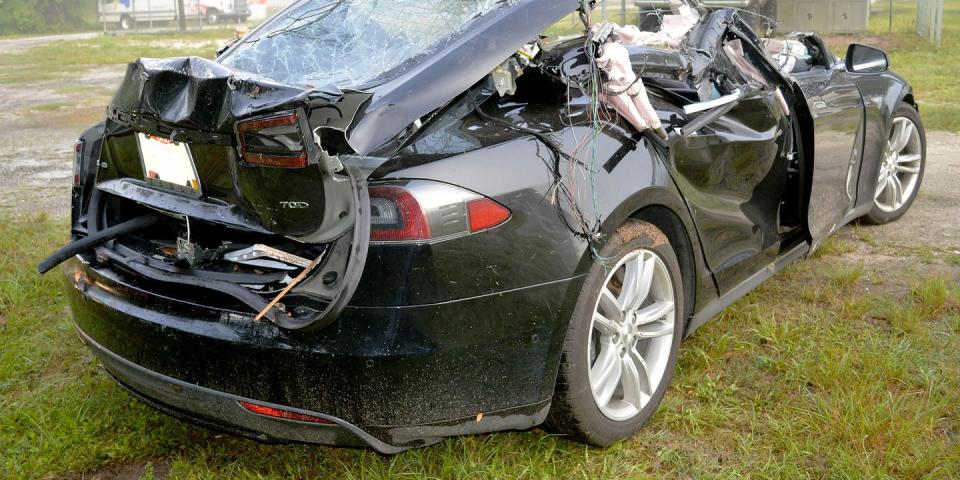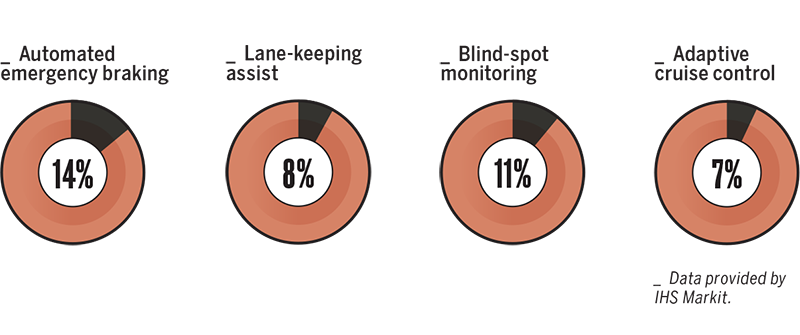Does Tesla's Autopilot Reduce Crashes? It Depends on Your Data

Joshua Brown’s fatal crash, in which both Brown and his Tesla’s Autopilot system failed to brake for a semi truck that crossed the car’s path, highlights the crucial question hanging over the middle ground between human drivers and computer-controlled cars: Can active safety systems make driving safer without making driver behavior less safe?
In the case of Autopilot, only Tesla knows the answer, as the company holds the digital keys to the torrents of data beamed back to its headquarters from its cars. When NHTSA’s Office of Defects Investigation studied the 2014—2016 Model S and 2016 Model X, it concluded that Tesla drivers crashed 38 percent less often after installing Autosteer, the lane-centering feature of Autopilot. But that report merely reviewed mileage and airbag deployment data, which Tesla supplied.
Insurance companies—a sorry proxy for third-party oversight—aren’t convinced Tesla drivers are any safer than the rest of us plebes. In June, AAA—after reviewing a report by the Highway Loss Data Institute on vehicle insurance claims—said it would raise premiums for Tesla owners due to higher-than-average claim frequency and costs. In fact, the data shows rear-drive Model S owners made 46 percent more claims on average than owners of other passenger vehicles. Of course, that says nothing of causation, making it impossible to blame Autopilot instead of, say, the thrill of time-warping acceleration overcoming better judgment.
Looking at the broader industry, there is consensus that certain driver-assist systems reduce crash rates. According to the latest study of police-reported crashes by the HLDI, drivers of vehicles with forward-collision alert were 27 percent less likely to rear-end another car than those without the system—and 50 percent less likely if equipped with both forward-collision alert and automated emergency braking. If every car on the road had been similarly equipped with these systems in 2014, the HLDI estimates we could have avoided 400,000 injuries and 1 million crashes.
But there’s no definitive evidence that lane-keeping systems—which people often switch off—reduce crashes. “We expected a lot of benefit from those, yet we didn’t see it in the insurance data,” says Matt Moore, senior vice president of the HLDI.
The biggest obstacle is the data itself, which only looks at reported incidents. Without continuous real-time information from every car, we can’t be certain that driver-assist functions work correctly, prevent actual crashes, or are even activated. Moore says that event-data recorders—the black boxes inside most new vehicles that record variables such as speed and steering angle before a crash—need to capture a denser set of information if we’re ever to answer this question. If that’s the case, maybe these questions are best left unanswered.
Projected Fitment Rate for 2017 Global Passenger-Vehicle Production

Auto•No•Mo'•Us: Return to Full Coverage
You Might Also Like

 Yahoo Autos
Yahoo Autos 